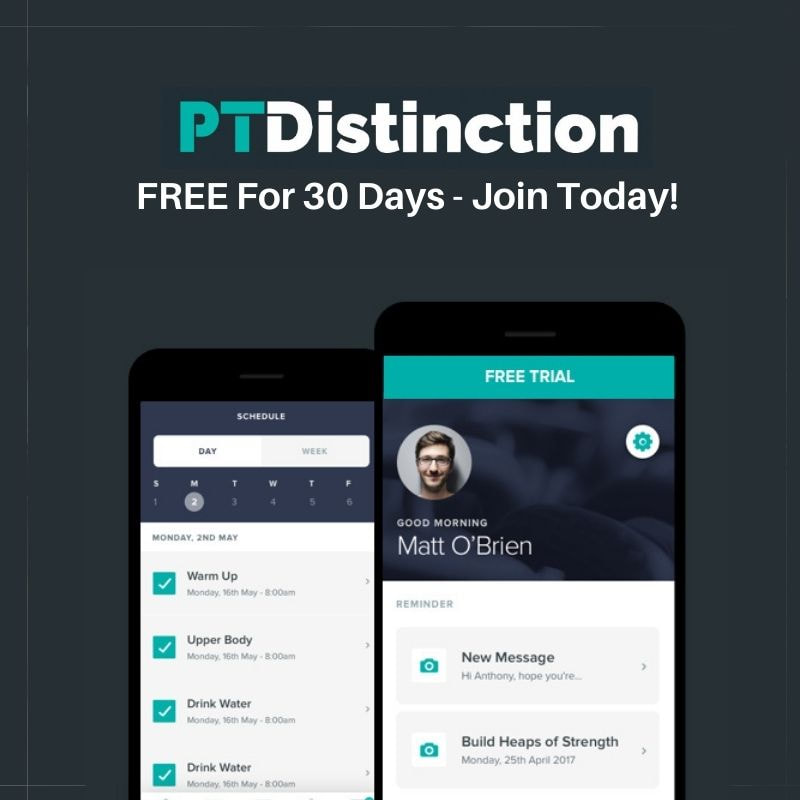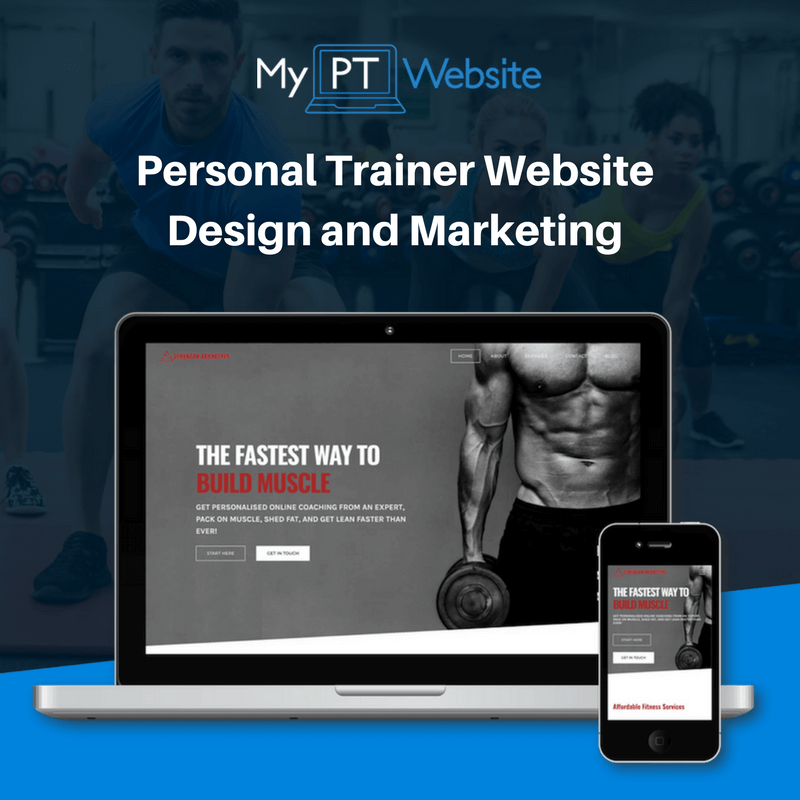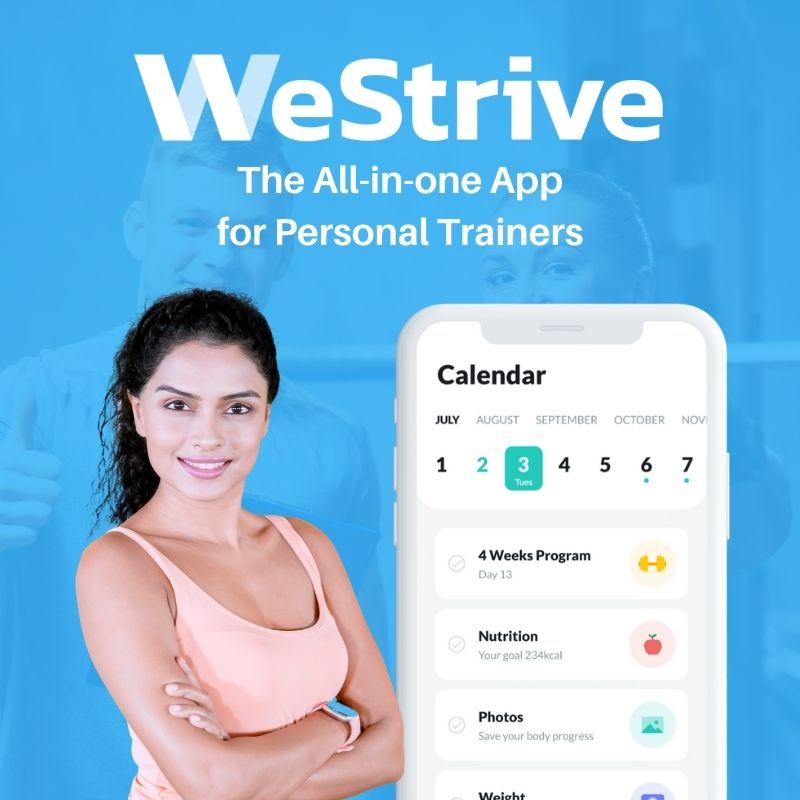|
FREE GUIDE: HOW TO LAUNCH AN ONLINE PERSONAL TRAINING BUSINESS
IN JUST 7 DAYS
✓ The new, better way of launching an online business
✓ The fastest way to create in irresistible offer ✓ A simple system to sell to clients who are interested |
|
When you start working with a client, the first few steps they need to go through will be almost exactly the same as your other clients. They need to pay you then get familiar with your business practices and processes and maybe even complete a series of questionnaires. In this guide, we'll outline the first 5 fundamental stages a new client goes through inside your business before they can start working towards their fitness goals and how to systemise them. Step 1. Taking Payment Once someone asks for your help with training, the first thing you’ll need to be able to do is to accept a payment when they sign up. If you’re taking payment remotely - such as through the internet, or over the phone, you could use GoCardless, Stripe or even set up a recurring PayPal payment. If you’re working with clients face to face in the gym, you might prefer to arrange a bank transfer or accept cash on the day. Regardless of the method they prefer, you'll notice a similar pattern in terms of what's easiest for both you and your client. Systemising the payment process will likely be the easiest step. Once you have a payment provider and a preferred method of payment, you have a system. Example Payment Systems
Step 2. Onboarding New Clients The process of onboarding a client simply means the steps you go through to bring them into your business. It’s a way of laying out your values as a business, as well as your expectations around communication, results and participation. This is going to differ from one personal trainer to another, but whatever onboarding steps you include, aim to develop a system around making the process as seamless as possible. This means standardising the exact steps that every client goes through after making their initial payment to receiving their training program. Note that some trainers will choose to do an onboarding process that’s very short, just 3 days. Some will extend the process for as much as a month. There’s no “right way” of doing things, and how long you want to take to ease your new client into your business. Clients that are more experienced may need a shorter onboarding process than those that are new to working with a personal trainer. Either way, you'll build your systems out by using the same documents and same emails/texts in the same order. Example Onboarding System
The individual steps inside your onboarding are likely to be highly personal to your business, and if you’re currently doing something different, there’s no need to change anything - this is just an example. You might choose to give them access to all your resources at once or to drip feed content and make it available at different points during your client’s journey with you. It can be a nice touch to send something physical in the post, such as a handwritten welcome card that makes reference to how excited you are to help them with their specific goals. Step 3. Program Library In the beginning, you might be writing a new program from scratch for every single new client that signs up with you. This is normal and it's unlikely that you'll be able to systemise straight off the bat. Keep all your programs, as they can form the basic outline for any client with similar goals. These workouts will become your program library and individualisation can be made for each client once you know a little more about them. Example Program Library System
Of course, this example is simply to explain that push, pull legs program for one client can be edited to form the base of an upper, lower split for a different client. The fundamental exercises will likely be the same, but exercises can be swapped out client preferences and goals. Step 4. Customising Programs For Clients Knowing your ideal client, and their specific goals thoroughly will allow you to have a few “stock” templates like this which can be customised and tweaked to each new client without having to start from scratch every time. You’re likely to base any customisations on:
In reality, a training program is a living, responsive thing that can be adapted as you go. If you’re working with your client in person, you’re likely to make adjustments to the program based on feedback from the client on the day. If you’ve programmed a very heavy day, but your client walks into the gym stressed about work, and sleep-deprived, the best coaches will adapt the session to the needs of the client. If that sounds scary now, know that as you become more experienced this becomes much easier! Example Program Customisation
Step 5. Program Delivery Having a method of delivery is especially important if you’re working remotely with your clients, and they are getting online support from you. We recommend online personal training software like PT Distinction, which can be heavily customised to your branding and training ethos and allows your client to log their data straight into your app.
That said, you could use a simple Excel spreadsheet to write the program, and simply print it out. There are no extra gains to be made for using fancy technology! Having a method that works both for you, and your clients, will be the key to keeping things as simple as possible. |
Our All In One Platform
Check out out all in one business & marketing platform for personal trainers!
WEBSITE BUILDER | FUNNELS |MEMBERSHIPS | SCHEDULING| EMAIL MARKETING| PAYMENTS| CRM | AI ASSISTANT | SURVEYS
Popular Articles
Trusted Partners
We work closely with some of the best service providers in the fitness industry.
Categories
All
|







